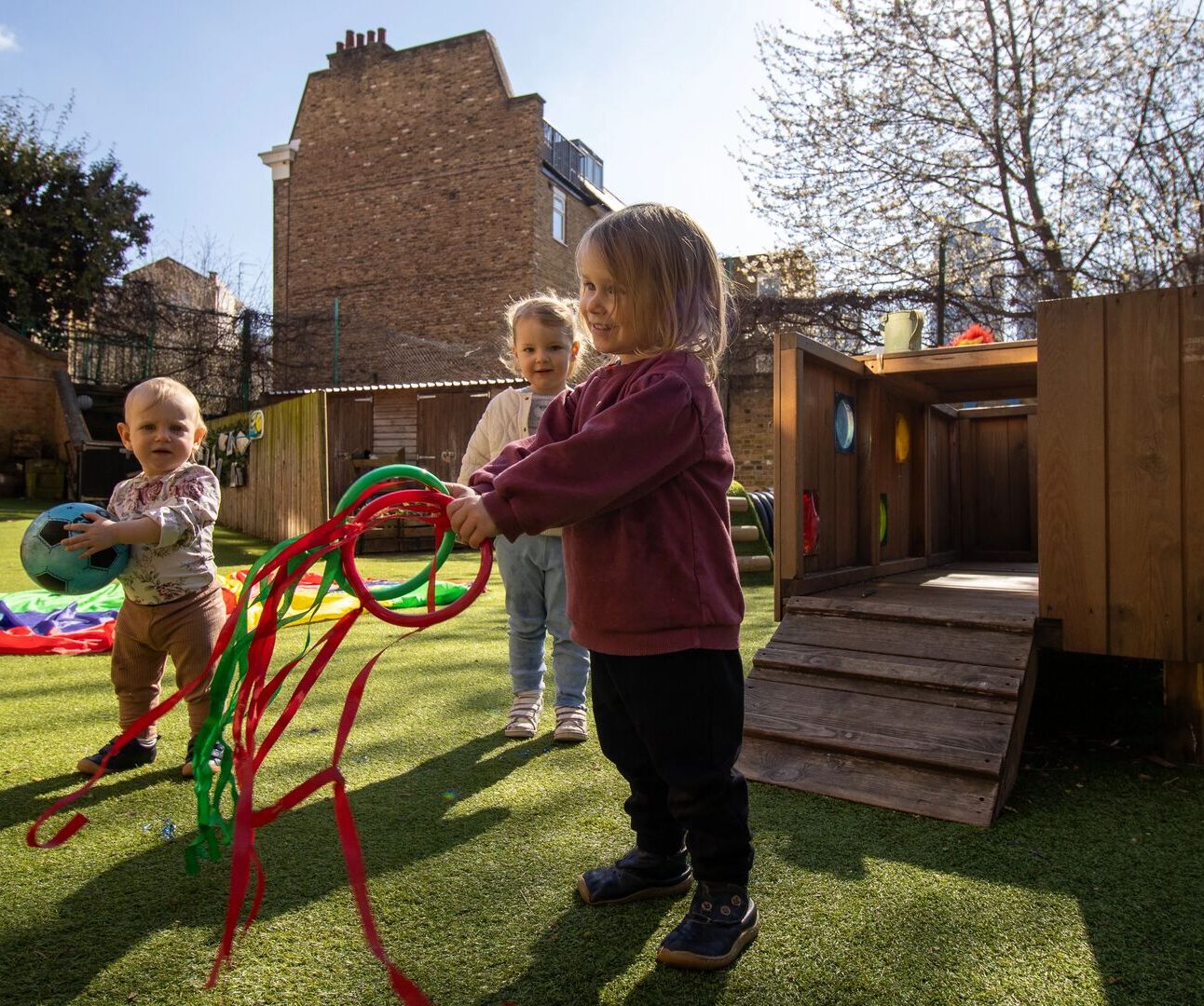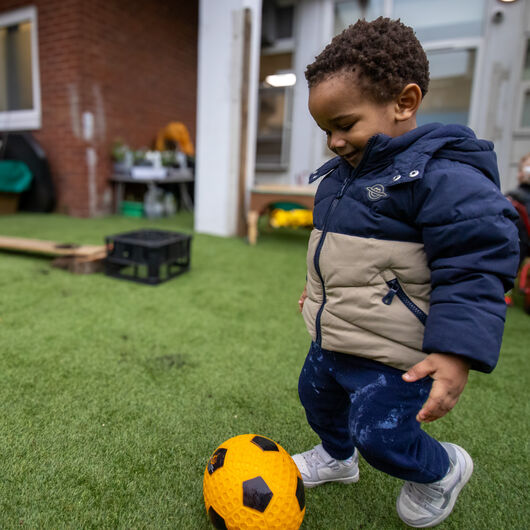
Another Consultation… This time, it’s Space
Just as the ink dries on the Ofsted consultation, up pops another. This time it’s about space, equally important and not to be overlooked. The Department for Education (DfE) has…
June 30th 2014
Earlier this year I joined the Social Integration Commission and today they published their report called ‘How integrated is modern Britain.’ I was very pleased to be a member of a Commission which is asking questions about how integration would extend thinking about the importance of connecting generations. The report was written to help us understand what social integration looks like in modern Britain. It’s fascinating to find that 24% of British people would go out of their way to help someone compared to other industrial cities, volunteering is increasing and we have some of the most solid social bonds in the world.
I always believed that this was a fundamental responsibility of community nurseries. When I was developing the London Early Years Foundation (LEYF) approach to community nurseries I was determined to ensure we built bridges across the generations. Over the thirty years I worked with children and families I have been convinced by the social benefits that comes from connecting generations not least as I saw a growing chasm emerging between the generations and an increase in loneliness especially in the cities.
At LEYF we call this the multigenerational approach. We liked the concept of social capital as defined by Robert Putnam who articulates the power of connections and networks among people and the resulting in the bridging and bonding of social capital which builds trust. We also benefited from research from the World Health Organisation, Gulbenkian Foundation and Beth Johnson Foundation and particularly regarding the concept of Age Friendly Cities and Communities where the needs of all the generations were built into the local planning systems. More recently Policy Exchange produced a report about the state of the modern Britain. This report also referenced the loneliness and isolation among older citizens.
We recognised that the nurseries needed to be catalysts in their local communities to reach out and invite in people from all the generations.
There is no doubt about the importance of multi-generational practice to the social context of the UK and the benefits to children in early years as strong family makes strong community. Multigenerational practice can be defined as assisting individuals, families, and communities within the context of cross-generational relations and larger social systems to promote change which strengthens the inherent capacities of the family system and supports the best possible relationship between individuals and families and their environment – Fredriksen-Goldsen, 2006.
The LEYF staff understood this approach and so were keen to increase local integration. What they wanted was to be able to place their nursery at the heart of their local community in a way that takes account of the local geography and demography. They believed that children need to grow up in harmony with those all around them and learn to respect older people. In London only 18% of small children have a grandparent living near them so if the nursery is encouraging multi-generational activities there is a higher chance of children meeting and engaging with people of all ages. Children have to find their place in fast changing communities and older people who have a sense of the history of the place can provide an anchor. Activities were developed including:
Making sure integration through a multi-generational approach in a community nursery is not without its challenges. In addition to the usual cry of ‘we don’t have enough time’, the main challenge has been how to get staff ready and able to apply the approach in a confident way. We also needed to take time to help parents understand the concept and support the activities. We needed to ensure we had mitigated any safeguarding risk and build clear systems of protecting the children. Finally, our biggest challenge was breaking down the negative attitudes from other local services and organisations, particularly those working with the elderly who initially were unwilling to engage, quoting health and safety and safeguarding.
So, overall the LEYF multi-generational approach is a model that brings significant value for children in terms of their connections with the wider community, extended kinship, familiarity with their neighbourhood and a positive attitude to develop relationships with adults of all ages. It’s a step towards better understanding the challenges we face as a society and one simple way of responding to the complexity and reciprocity of multi-generational dynamics across different communities. However, the Social Integration report warns us that social integration is not guaranteed in modern Britain so we need to continue to find ways to ensure it happens. Let me conclude with a quote from the report,
Transforming our communities into places of hope, co-operation and mutual care, where people of different backgrounds come together and work together for their communities, must be a priority” – Liz Carnelley, Near Neighbours

Just as the ink dries on the Ofsted consultation, up pops another. This time it’s about space, equally important and not to be overlooked. The Department for Education (DfE) has…

How I Learned to Stop Worrying and Love the Kill Switch! This is AI blog number four, and by now I thought I’d be off down the rabbit hole exploring…

Are children deprived of the opportunity to play?… …is not a new question, but one that continues to be tackled on many levels. Greg Bottrill’s book ‘Can…